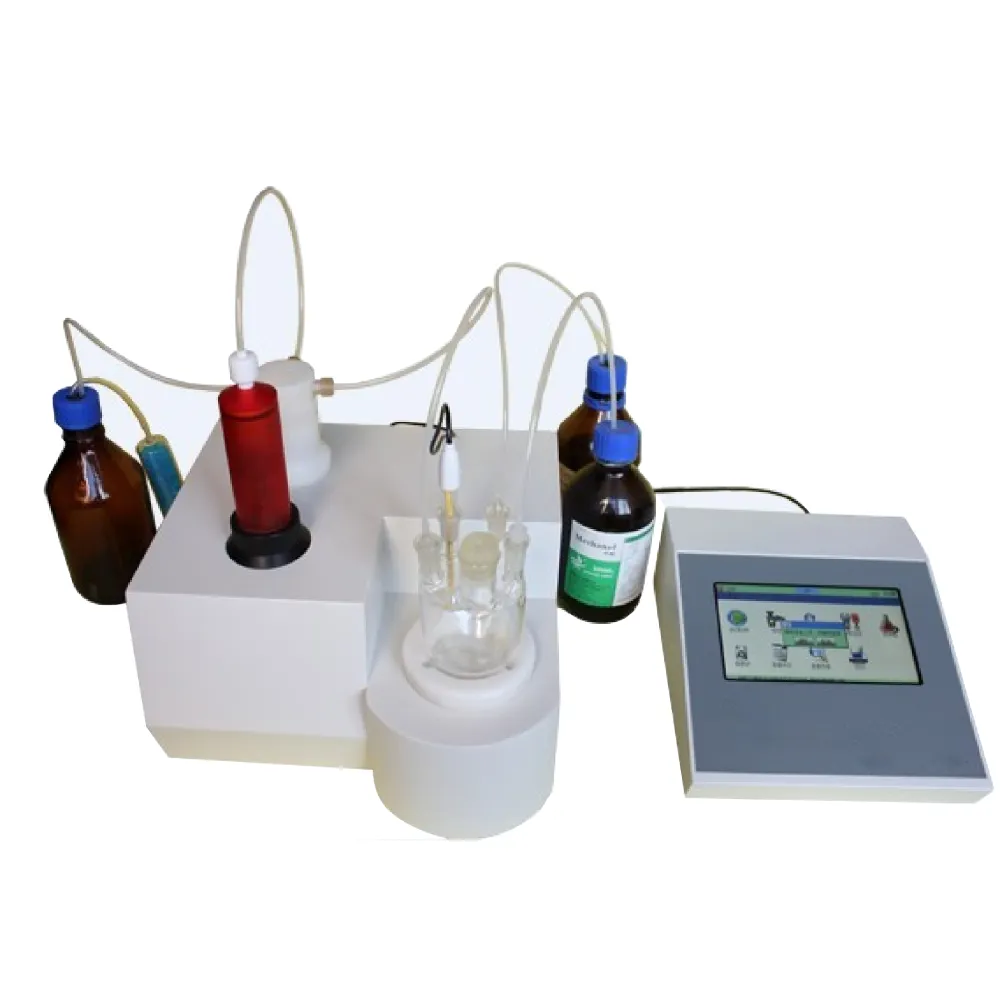 English
English



-
 Afrikaans
Afrikaans -
 Albanian
Albanian -
 Amharic
Amharic -
 Arabic
Arabic -
 Armenian
Armenian -
 Azerbaijani
Azerbaijani -
 Basque
Basque -
 Belarusian
Belarusian -
 Bengali
Bengali -
 Bosnian
Bosnian -
 Bulgarian
Bulgarian -
 Catalan
Catalan -
 Cebuano
Cebuano -
 China
China -
 China (Taiwan)
China (Taiwan) -
 Corsican
Corsican -
 Croatian
Croatian -
 Czech
Czech -
 Danish
Danish -
 Dutch
Dutch -
 English
English -
 Esperanto
Esperanto -
 Estonian
Estonian -
 Finnish
Finnish -
 French
French -
 Frisian
Frisian -
 Galician
Galician -
 Georgian
Georgian -
 German
German -
 Greek
Greek -
 Gujarati
Gujarati -
 Haitian Creole
Haitian Creole -
 hausa
hausa -
 hawaiian
hawaiian -
 Hebrew
Hebrew -
 Hindi
Hindi -
 Miao
Miao -
 Hungarian
Hungarian -
 Icelandic
Icelandic -
 igbo
igbo -
 Indonesian
Indonesian -
 irish
irish -
 Italian
Italian -
 Japanese
Japanese -
 Javanese
Javanese -
 Kannada
Kannada -
 kazakh
kazakh -
 Khmer
Khmer -
 Rwandese
Rwandese -
 Korean
Korean -
 Kurdish
Kurdish -
 Kyrgyz
Kyrgyz -
 Lao
Lao -
 Latin
Latin -
 Latvian
Latvian -
 Lithuanian
Lithuanian -
 Luxembourgish
Luxembourgish -
 Macedonian
Macedonian -
 Malgashi
Malgashi -
 Malay
Malay -
 Malayalam
Malayalam -
 Maltese
Maltese -
 Maori
Maori -
 Marathi
Marathi -
 Mongolian
Mongolian -
 Myanmar
Myanmar -
 Nepali
Nepali -
 Norwegian
Norwegian -
 Norwegian
Norwegian -
 Occitan
Occitan -
 Pashto
Pashto -
 Persian
Persian -
 Polish
Polish -
 Portuguese
Portuguese -
 Punjabi
Punjabi -
 Romanian
Romanian -
 Russian
Russian -
 Samoan
Samoan -
 Scottish Gaelic
Scottish Gaelic -
 Serbian
Serbian -
 Sesotho
Sesotho -
 Shona
Shona -
 Sindhi
Sindhi -
 Sinhala
Sinhala -
 Slovak
Slovak -
 Slovenian
Slovenian -
 Somali
Somali -
 Spanish
Spanish -
 Sundanese
Sundanese -
 Swahili
Swahili -
 Swedish
Swedish -
 Tagalog
Tagalog -
 Tajik
Tajik -
 Tamil
Tamil -
 Tatar
Tatar -
 Telugu
Telugu -
 Thai
Thai -
 Turkish
Turkish -
 Turkmen
Turkmen -
 Ukrainian
Ukrainian -
 Urdu
Urdu -
 Uighur
Uighur -
 Uzbek
Uzbek -
 Vietnamese
Vietnamese -
 Welsh
Welsh -
 Bantu
Bantu -
 Yiddish
Yiddish -
 Yoruba
Yoruba -
 Zulu
Zulu
Evaluation of Transformer Performance Using RLA Test Methodology
The RLA Test of Transformers Ensuring Reliability and Efficiency
Transformers are integral components of electrical networks, serving the critical function of voltage transformation in power systems. Ensuring their reliability and efficiency is paramount, and this is where the Routine Loss Assessment (RLA) test comes into play. The RLA test serves as a diagnostic tool that assesses the performance of transformers, identifying potential issues that could lead to inefficiencies or failures in the future.
Understanding the RLA Test
The Routine Loss Assessment (RLA) test evaluates the losses that occur within a transformer under different operating conditions. These losses can be categorized into two main types no-load losses (or core losses) and load losses (or copper losses). No-load losses occur when the transformer is energized but not supplying power to a load, primarily due to magnetic hysteresis and eddy currents in the core. Load losses, on the other hand, occur due to the resistance in the windings when the transformer is under load.
The RLA test measures these losses to determine the efficiency of the transformer. A high level of efficiency indicates that the transformer is operating optimally, while excessive losses may signal underlying issues. By identifying these losses, technicians can make informed decisions about maintenance, upgrades, or even replacements.
The Importance of the RLA Test
Conducting Routine Loss Assessments is crucial for several reasons. Firstly, transformers are significant investments for utility companies and industries. Any inefficiencies can lead to increased operating costs, making it vital to ensure they operate at peak performance. The RLA test helps in pinpointing inefficiencies, thus prolonging the lifespan of transformers and enhancing their operational efficiency.
rla test of transformer

Secondly, the RLA test enhances safety. Transformers that operate with high losses can overheat, leading to catastrophic failures and potential hazards. By identifying issues during routine assessments, operators can mitigate risks, ensuring a safer working environment for personnel and reducing the possibility of disruptions in power supply.
Additionally, the RLA test contributes to environmental sustainability. Transformers that are less efficient consume more energy, contributing to higher carbon footprints. By optimizing transformer performance through regular assessments, organizations can reduce unnecessary energy consumption, ultimately benefiting the environment.
Conducting an RLA Test
Conducting an RLA test involves a systematic approach. It typically starts with a visual inspection of the transformer to identify any obvious signs of wear or damage. Following this, specific measurements are taken, often at varying load levels to ascertain both no-load and load losses. High-precision instruments are used to ensure the accuracy of these measurements, which are then analyzed to calculate the efficiency of the transformer.
The results of the RLA test provide actionable insights. If the losses exceed acceptable limits, maintenance procedures can be undertaken, such as tightening connections, replacing worn parts, or even upgrading to more efficient transformer designs.
Conclusion
The Routine Loss Assessment test is an essential procedure in the management and maintenance of transformers. By ensuring these critical components function efficiently and safely, organizations can save on costs, enhance safety protocols, and promote environmental sustainability. As the demand for reliable energy continues to grow, the importance of regular RLA testing cannot be overstated. It is a proactive approach that empowers utility companies and industries alike to maintain robust, efficient, and safe electrical infrastructures, ultimately leading to a more reliable power supply for all.
-
Ensuring SF₆ Gas Safety: Introducing PUSH’s Integrated SF₆ Analyzer for Dew Point, Purity, and Decomposition MonitoringNewsJul.10,2025
-
Exploring the Main Types of Industrial Endoscopes and Their Applications Across IndustriesNewsJul.04,2025
-
Testing Equipment Industry Sees Major Advancements in 2025: Smart & Precision Technologies Lead the WayNewsJun.06,2025
-
Applications of Direct Current Generators in Renewable Energy SystemsNewsJun.05,2025
-
Hipot Tester Calibration and Accuracy GuidelinesNewsJun.05,2025
-
Digital Circuit Breaker Analyzer Features and BenefitsNewsJun.05,2025



